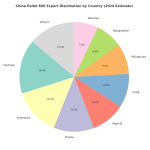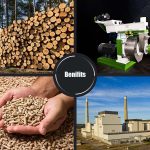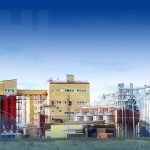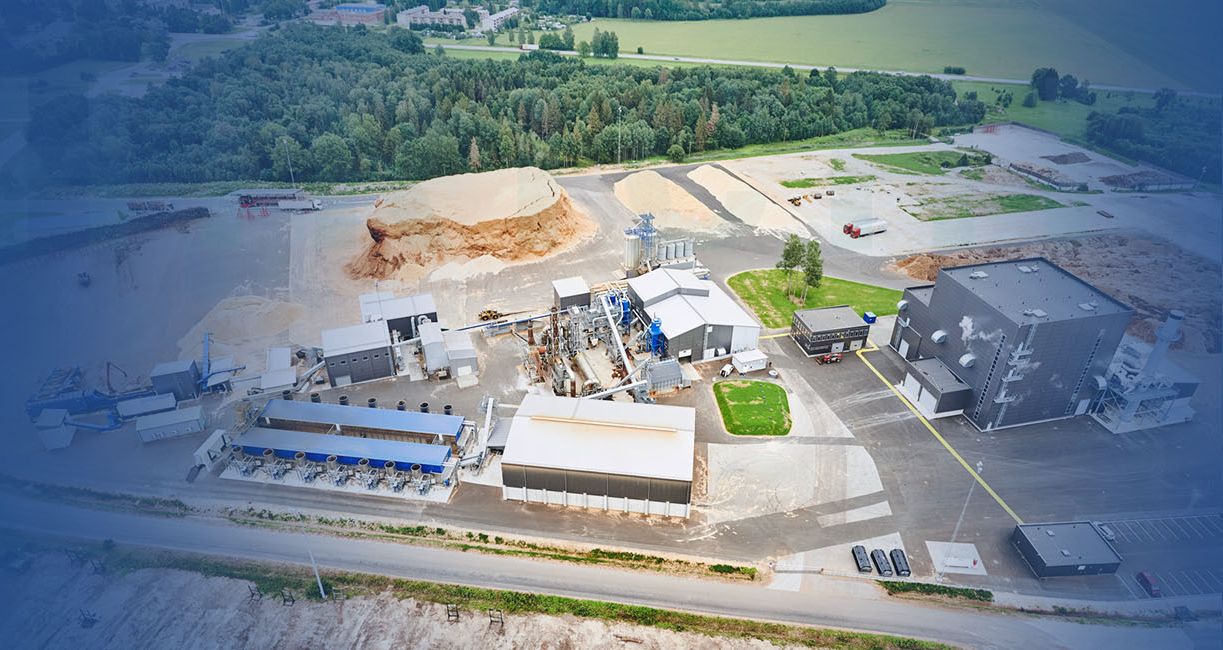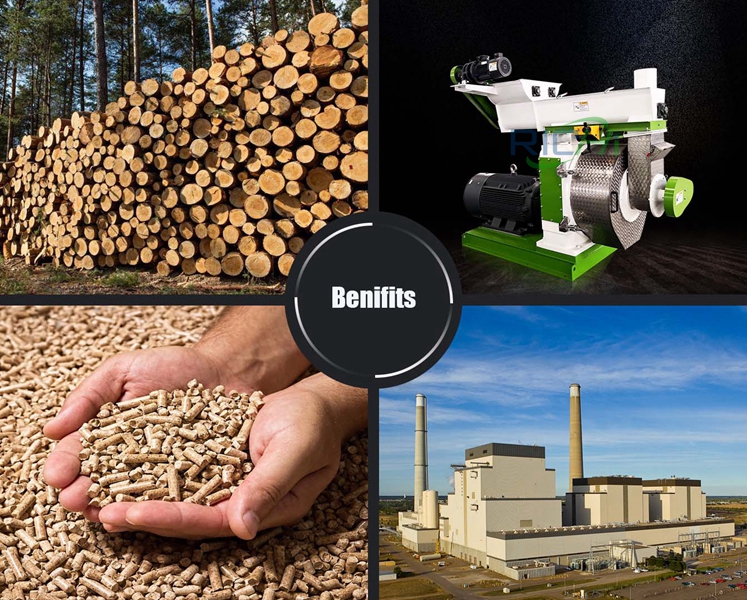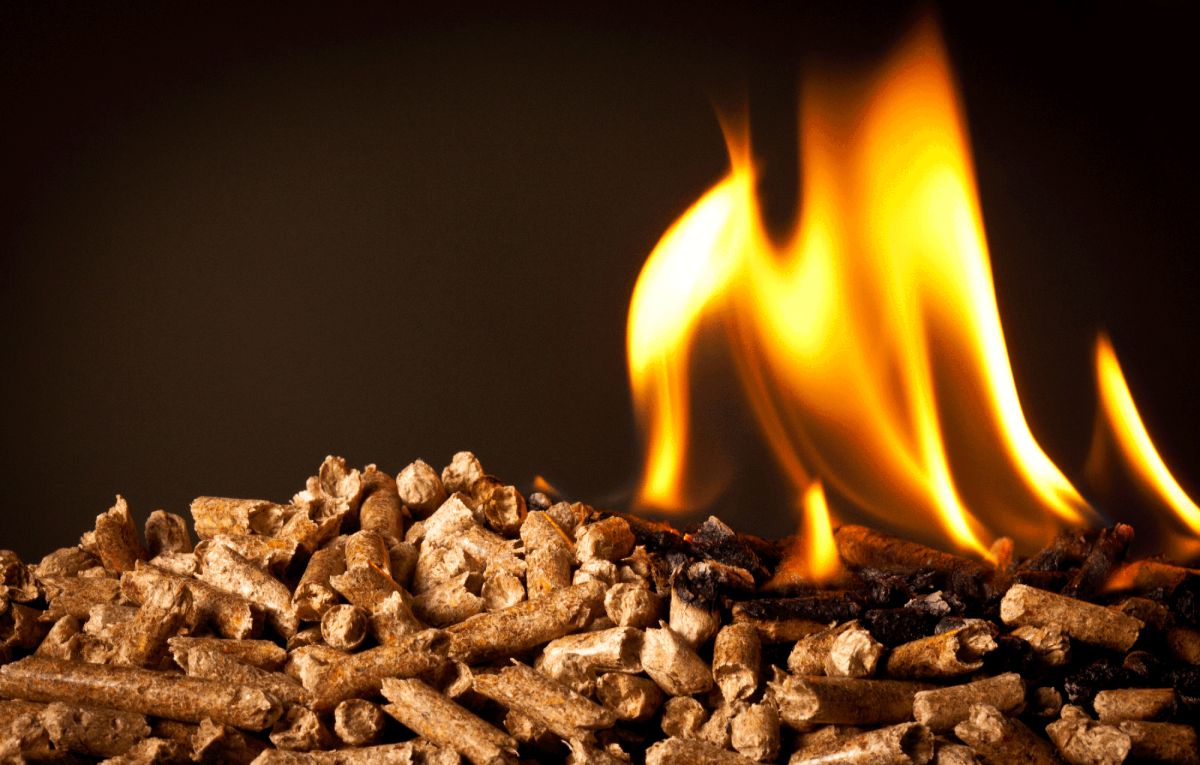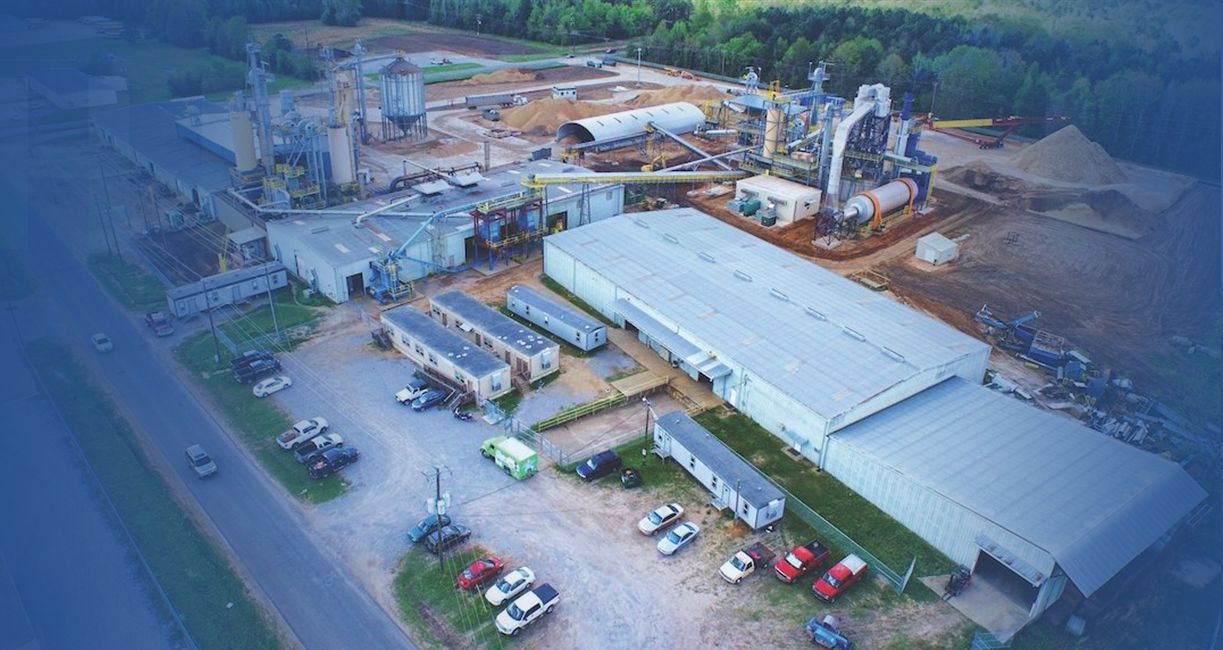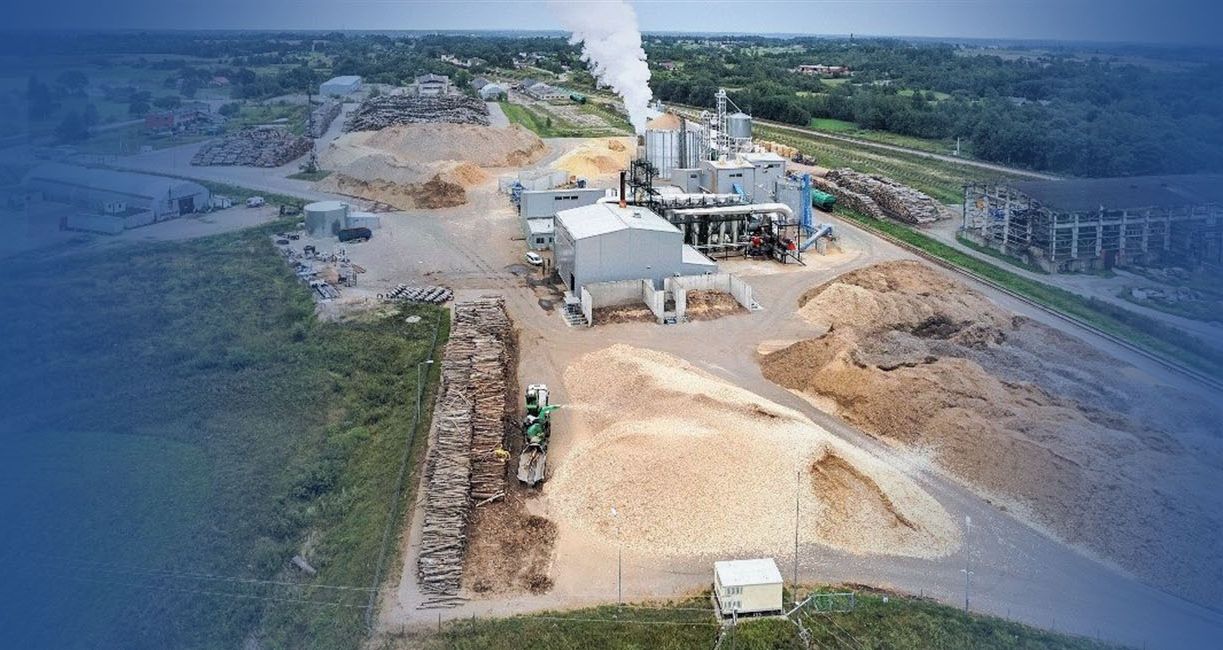The global demand for wood pellets as a renewable energy source has led to the establishment of numerous wood pellet mill plants worldwide. However, the cost of setting up and operating a turnkey wood pellet mill can vary significantly between countries due to various factors. This article explores the primary cost factors influencing turnkey wood pellet mills in different regions and how these factors impact overall investment and operational costs.
Key Cost Factors
- Raw Material Availability and Cost
- Energy Costs
- Labor Costs
- Equipment and Technology
- Regulatory Environment
- Land and Construction Costs
- Infrastructure and Logistics
- Government Incentives
Raw Material Availability and Cost
United States:
- The U.S., particularly the Southeast, has abundant forest resources, which lowers raw material costs.
- Example: States like Georgia and Alabama have extensive pine forests, providing a steady and cost-effective supply of raw materials.
Canada:
- Canada also benefits from vast forest resources, particularly in British Columbia and Ontario.
- Example: The availability of wood residues from the lumber industry helps reduce raw material costs.
Brazil:
- Brazil has abundant biomass resources, including eucalyptus and agricultural residues.
- Example: The use of fast-growing eucalyptus plantations can provide a cost-effective raw material source.
Russia:
- Russia’s vast forest resources offer a significant cost advantage.
- Example: The Northwest region, with its extensive forest cover, provides ample raw materials at low costs. (Related post:wood pellet making machine price )
Energy Costs
United States:
- Energy costs vary by state, but generally, the U.S. has competitive electricity prices.
- Example: States with low electricity costs, such as Louisiana and Texas, offer cost advantages for energy-intensive operations.
Canada:
- Canada generally has lower energy costs, particularly in provinces with abundant hydroelectric power.
- Example: British Columbia benefits from low-cost hydroelectric power, reducing operational expenses.
Europe:
- Energy costs in Europe are generally higher than in North America.
- Example: Countries like Germany have higher electricity prices, impacting overall operational costs.
China:
- Energy costs in China can vary significantly, with industrial regions often having lower rates.
- Example: The availability of coal and renewable energy sources in certain regions can help manage energy costs.
Labor Costs
United States:
- Labor costs in the U.S. are relatively high compared to developing countries.
- Example: Skilled labor for operating and maintaining pellet mills can be expensive.
Canada:
- Similar to the U.S., Canada has higher labor costs but benefits from a skilled workforce.
- Example: The availability of experienced technicians can improve operational efficiency.
Vietnam:
- Vietnam offers significantly lower labor costs.
- Example: The low cost of labor makes Vietnam an attractive location for setting up wood pellet mills.
Russia:
- Russia has relatively low labor costs, particularly in rural areas.
- Example: The availability of affordable labor can reduce overall operational expenses.
Equipment and Technology
United States:
- The U.S. has access to advanced technology and high-quality equipment.
- Example: Manufacturers like Bliss Industries provide state-of-the-art pellet mill equipment.
China:
- China offers cost-effective equipment solutions with rapid technological advancements.
- Example: Companies like GEMCO Energy provide affordable and efficient pellet mill machinery.
Germany:
- Germany is known for its high-quality engineering and advanced technology.
- Example: German manufacturers like KAHL offer premium equipment with high efficiency and durability.
Brazil:
- Brazil is increasingly adopting advanced technologies to improve production efficiency.
- Example: Investment in modern equipment can enhance productivity and reduce operational costs.
Regulatory Environment
United States:
- The U.S. has stringent environmental regulations, which can increase compliance costs.
- Example: Regulations on emissions and waste management require investment in advanced control systems.
Europe:
- Europe has some of the strictest environmental regulations globally.
- Example: Compliance with EU standards necessitates significant investment in emissions control and sustainability measures.
China:
- China is improving its environmental regulations, impacting operational practices.
- Example: Increasing focus on sustainability requires investment in cleaner technologies.
Brazil:
- Brazil’s regulatory environment is evolving, with growing emphasis on environmental protection.
- Example: Compliance with new regulations may require upgrades in equipment and processes.
Land and Construction Costs
United States:
- Land and construction costs vary widely across states.
- Example: Rural areas in the Southeast offer lower land costs compared to urban regions.
Canada:
- Land costs in Canada are generally lower, especially in remote areas.
- Example: Provinces like Alberta and British Columbia offer affordable land for industrial projects.
Europe:
- Land and construction costs in Europe are typically higher.
- Example: High population density and strict zoning laws can increase costs.
Vietnam:
- Vietnam offers relatively low land and construction costs.
- Example: Industrial zones provide affordable land with necessary infrastructure.
Infrastructure and Logistics
United States:
- The U.S. has a well-developed transportation network, facilitating efficient logistics.
- Example: Proximity to ports in the Southeast enhances export capabilities.
Canada:
- Canada also benefits from robust infrastructure, particularly in key industrial regions.
- Example: Access to major ports like Vancouver supports efficient logistics.
Brazil:
- Brazil’s infrastructure is improving, but challenges remain in remote areas.
- Example: Investment in transportation networks is crucial for efficient operations.
Russia:
- Russia’s vast geography presents logistical challenges.
- Example: Regions with good access to ports, like the Northwest, offer better logistics solutions.
Government Incentives
United States:
- The U.S. offers various incentives for renewable energy projects.
- Example: Federal and state tax credits can reduce initial investment costs.
Canada:
- Canada provides support for bioenergy projects through grants and subsidies.
- Example: Programs like the Clean Energy Fund support investment in renewable energy.
Europe:
- European countries offer substantial incentives for sustainable projects.
- Example: The EU’s Renewable Energy Directive provides financial support for renewable energy investments.
Vietnam:
- Vietnam’s government is promoting renewable energy through incentives.
- Example: Tax exemptions and subsidies support the development of biomass projects.
Conclusion
The cost factors for setting up and operating a turnkey wood pellet mill vary significantly across different countries. Key factors such as raw material availability, energy costs, labor expenses, equipment quality, regulatory environment, land and construction costs, infrastructure, and government incentives all play crucial roles in determining the overall investment and operational costs.Countries like the United States and Canada offer abundant raw materials and supportive infrastructure but face higher labor and regulatory costs.
Emerging markets like Vietnam and Brazil provide cost advantages in labor and land but may require additional investment in infrastructure and technology.Investors must carefully consider these factors when planning to establish a wood pellet mill. By understanding the specific conditions and leveraging local advantages, businesses can optimize their investment and achieve long-term success in the dynamic global market for wood pellets.


